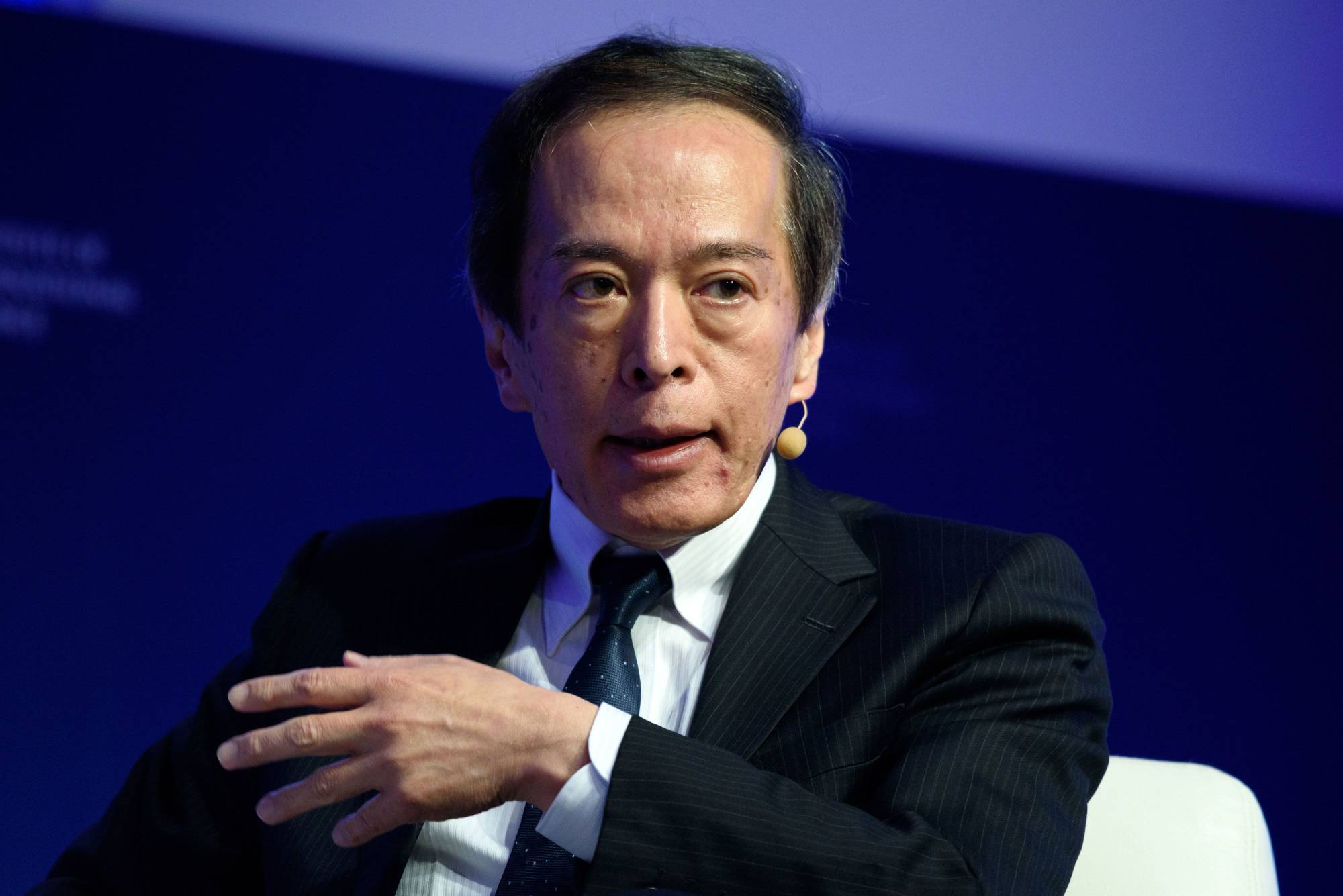Will the BoJ use a three-step process to intervene in the FX market?
Sooner or later, it looks as if Japanese policymakers could intervene in the FX market by using a three-step process.

>> Is BoJ ready for currency intervention?
Last week’s meetings in Washington, which included a get-together of G7 finance ministers, failed to stir any significant market interest. That’s not too surprising as little seemed to come of it. Nonetheless, it is possible that important accords were struck and we could see the result of one of these very soon.
The yen has continued to decline and Japanese officials have persistently threatened that action might be taken. But the FX market does not seem scared. In fact, positioning in the futures market by speculative traders shows that the number of short-yen positions rose again in the latest week to over 165k contracts; the most since 2007.
Sooner or later, it looks as if Japanese policymakers will intervene in the FX market. In Steve Barrow, Head of the Standard Bank G10 Strategy's view, this is because we see the path to intervention being a three-step process. The first of these; discussions at the G7 finance minister level, occurred last week. The second; debate amongst BoJ members, seems likely to happen at Friday’s BoJ meeting. And the third; intervention to strengthen the yen, should follow soon afterwards, perhaps on Friday as well.
Why do we describe the path to intervention as a three-step process? Besides the fact that Japanese policymakers will want to keep other G7 officials briefed on their concerns, and besides the fact that the BoJ might want to discuss internally whether yen weakness is causing any particular difficulties, there is also a historical precedent.
The last bout of intervention by the Bank of Japan started on September 22nd 2022, when somewhere around USD20bn was sold for yen. Just some three weeks before, on September 2nd, Japanese government officials met with other G7 finance ministers and, undoubtedly in the Standard Bank’s view, pleaded for understanding about the difficulties being created by a weak yen.
Although other G7 countries were probably not asked by Japan to support any future intervention effort, Steve Barrow suspects that they showed their understanding should Japan decide to intervene alone. On September 22nd 2022 the BoJ met; announcing no changes to monetary policy. However, just a short while later, on the same day, the BoJ came into the market to sell the US dollar, and this was backed up by more intervention during October.
If history is about to repeat itself, we might expect intervention as soon as Friday and, this time, it could be done in concert with the Bank of Korea given that its officials also expressed concern at local currency weakness in the three-way meeting last week with Japanese Finance Minister Suzuki and US Treasury Secretary Yellen.
>> What’s next for the US dollar/yen after BoJ’s rate cuts?
Once again, Steve Barrow suspects that Yellen’s duty, as far as the others were concerned, was to endorse any BoJ/BoK intervention that might occur in the future. The intervention back in September/October 2022 seemed to do the trick, albeit not initially. For during the next few months US dollar/yen fell from a high of 150 to below 130 in early 2023. Notably, this fall in US dollar/yen was matched by US dollar weakness against other currencies which raises the possibility that any ‘successful’ BoJ intervention soon might not only weaken the yen against the dollar but lower the dollar elsewhere – including against the Korean won - where we might see intervention at the same time.
Funding such intervention could see BoJ sales of treasuries and hence we might see slightly higher US yields as a result although we do need to bear in mind that any BoJ treasury sales will be a tiny fraction of daily turnover (as well BoJ dollar sales, for that matter). Nonetheless, the messaging in BoJ intervention is more important than the amount of US dollars sold.
“Perhaps one problem for the Japanese authorities is that this three-step routine for intervention might remove some of the surprise factor when intervention occurs and so stymie its impact in producing a sharp fall in US dollar/yen. Nonetheless, we feel that those holding short-yen positions over the next few days are at risk of significant losses”, said Steve Barrow.








